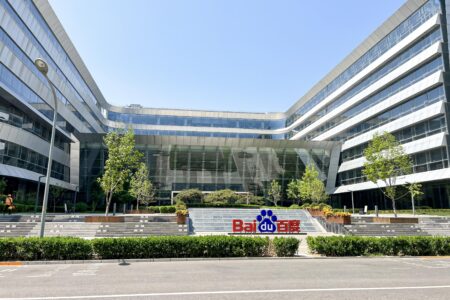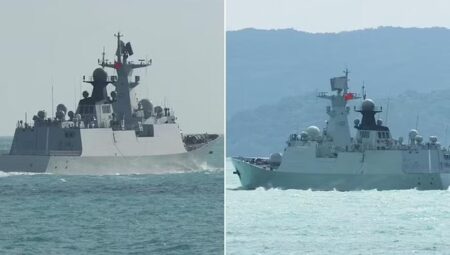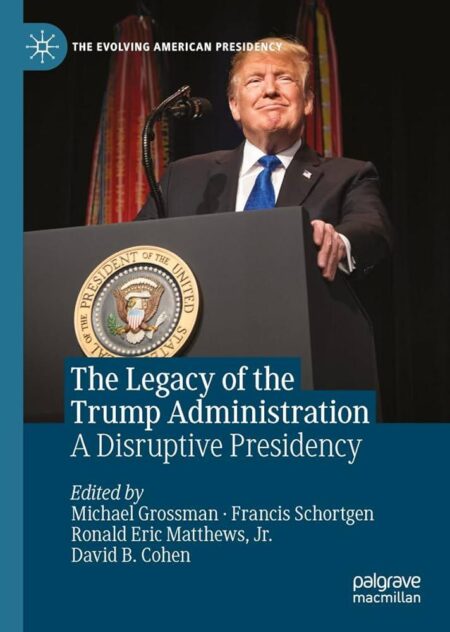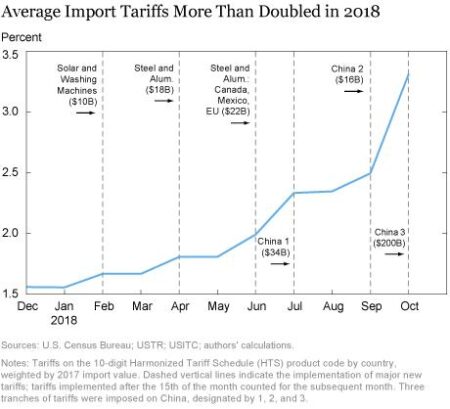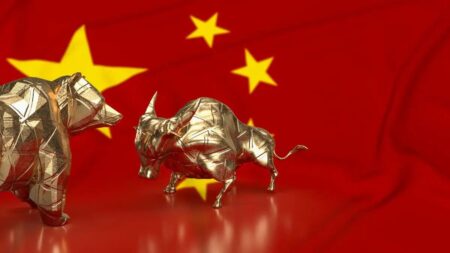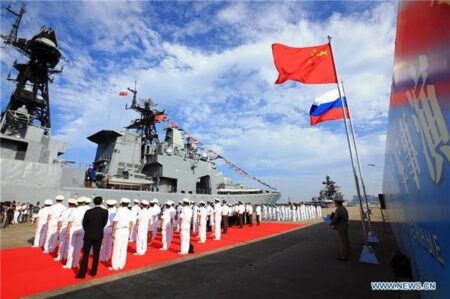Baidu has acquired JOYY’s China live-streaming unit for $2.1 billion, bolstering its position in the digital video market. This strategic move underscores Baidu’s commitment to enhancing its content offerings and competing effectively in the rapidly evolving online entertainment sector.
Browsing: China
The recent discussions at the Council on Foreign Relations highlight the intricate relationship between the iPhone’s global supply chain, the IMF’s fiscal policies, and China’s shifting balance of payments, signaling potential implications for international trade dynamics.
Brazil’s growing soybean acreage, driven by robust global demand, may encounter hurdles as China, its largest buyer, reassesses import strategies. Trade tensions and environmental concerns could reshape the landscape, impacting Brazil’s agricultural future.
China’s recent live-fire naval exercises have sparked concern in Australia and New Zealand, despite no violations of international law. Analysts suggest regional security fears and the potential for escalated tensions in the Indo-Pacific are driving these apprehensions.
Chinese tech stocks experienced significant volatility as market sentiment shifts amid renewed trade tensions. Comments from former President Trump on decoupling heighten investor anxiety, amplifying fears over the future of U.S.-China relations and technology collaboration.
The Trump administration is considering raising port fees on Chinese ships, a move that could significantly impact trade dynamics. Higher costs may lead to increased prices for consumers and a potential strain on U.S.-China relations, affecting various industries.
As the U.S. imposes tariffs and tightens trade restrictions, China is strategically opening its markets, seeking greater global economic integration. This contrasting approach may reshape international trade dynamics, highlighting a pivotal shift in global economic policy.
China has unveiled a new action plan aimed at attracting foreign investment, signaling its intent to strengthen economic ties despite ongoing geopolitical tensions. This move highlights the country’s commitment to fostering a stable investment environment.
As Chinese warships conduct live-fire exercises in the region, Australia faces a critical juncture in its defense strategy. Experts advocate for a balanced response, combining diplomatic engagement with strengthened military readiness to safeguard national interests.
China’s private sector requires more than just supportive rhetoric from the government; it needs concrete policies and reforms that foster innovation and investment. Without actionable steps, the optimism surrounding economic recovery may prove elusive.
In a recent joint press availability, U.S. Secretary of State Antony J. Blinken and U.K. Foreign Secretary David Lammy emphasized the importance of transatlantic cooperation. They discussed shared challenges and reaffirmed their commitment to promoting global stability and security.
China’s ambitious trillion-dollar infrastructure plan, part of the Belt and Road Initiative, aims to enhance global trade networks, challenging Western influence. This significant investment in infrastructure could reshape international relations and economic dynamics.
In the wake of DeepSeek’s advancements, India is intensifying efforts to position itself in the escalating US-China AI race. With a focus on innovation and collaboration, the nation aims to strengthen its technological capabilities and solidify its global presence.
In a significant development, several flights were diverted as China conducted an unusual military drill near Australia. The drills, which raised concerns among aviation authorities, highlight escalating regional tensions and the increasing complexity of airspace management.
Huawei founder Ren Zhengfei has reportedly conveyed to President Xi Jinping that China’s concerns over semiconductor shortages have diminished. The statement, highlighted by state media, reflects a potential easing in tensions within the nation‚Äôs tech sector.
Chinese scientists have developed the world’s most powerful spy camera, boasting unprecedented imaging capabilities. This advanced technology is poised to enhance surveillance and research, raising concerns and discussions around privacy and security implications.
China has criticized Australia for “hyping” recent Chinese naval drills, calling the claims unfounded and politically motivated. This escalation in rhetoric reflects ongoing tensions between the two nations amid regional security concerns.
Australia has reported that China issued a warning about “live fire” military drills in the Tasman Sea with minimal notice, which led to midair diversions for commercial flights. The incident raises concerns over regional safety and air traffic management.
Russian President Vladimir Putin and Chinese leader Xi Jinping are anticipated to engage in discussions regarding US-Russia negotiations on issues surrounding Riyadh. The Kremlin highlighted the significance of this dialogue amid rising geopolitical tensions.
A recent CNN report raises doubts about the effectiveness of China’s military buildup, questioning whether its advancements in arms truly prepare it for conflict. Analysts suggest that while the expansion appears formidable, practical capabilities may not match the rhetoric.

